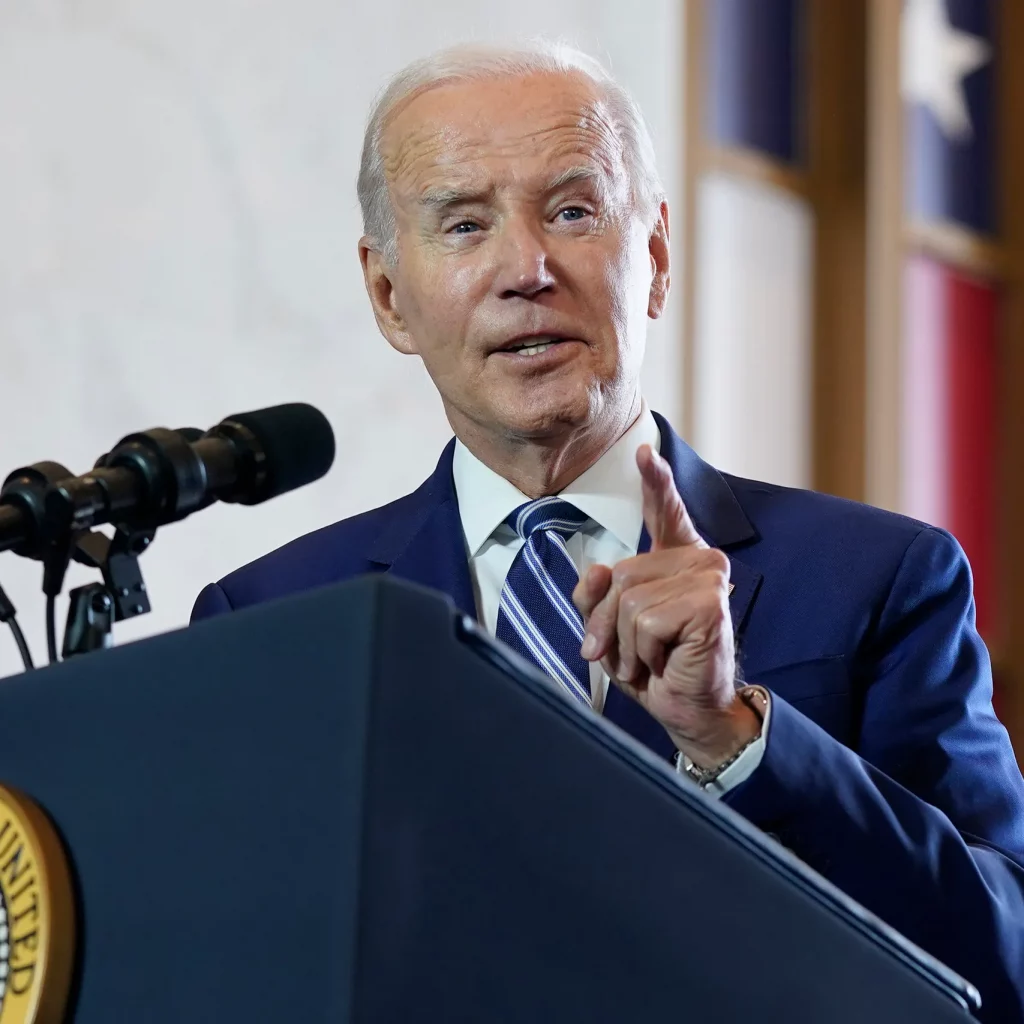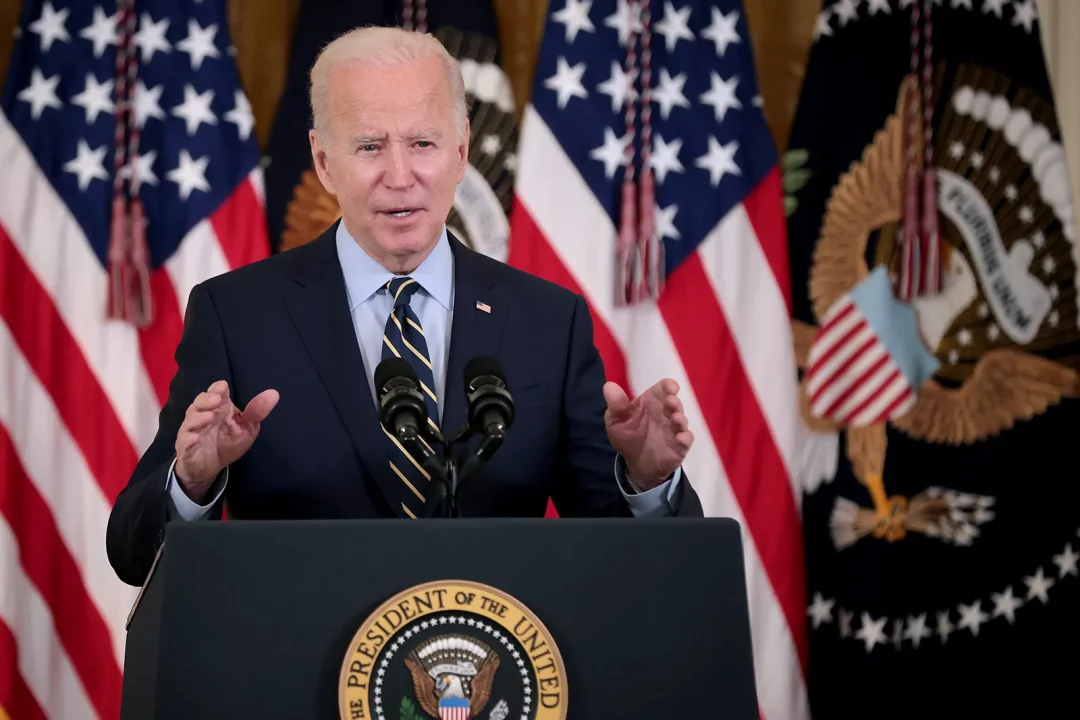Understanding the New SAVE PLAN : Easing the Burden of Student Loan Debt
The burden of student loan debt has been a pressing issue for millions of Americans. If you’re one of the many who have been anxiously waiting for relief, the Biden-Harris Administration’s announcement regarding the NEW SAVE Plan might have sparked hope. In this comprehensive guide, we’ll delve into the details of this plan and help you understand if your student loans will be forgiven.
In a significant move towards alleviating the financial strain on student loan borrowers, the U.S. Department of Education recently announced that over 4 million individuals have enrolled in the Biden-Harris Administration’s Saving on A Valuable Education (SAVE) income-driven repayment (IDR) plan. This plan, designed to make higher education more affordable and student loan repayment more manageable, is becoming a beacon of hope for those grappling with student debt. In this comprehensive guide, we’ll explore the details of the SAVE Plan and answer some critical questions regarding student loan forgiveness.

How Do I Know if My Student Loans Will Be Forgiven?
One of the most common questions on the minds of student loan borrowers is whether their loans will be forgiven. The short answer is that it depends on various factors, including the specific forgiveness programs and repayment plans in place. Here’s a breakdown of what you need to know:
1. Eligibility Criteria:
The SAVE Plan, like many other federal student loan forgiveness programs, has specific eligibility criteria. To determine if your loans qualify for forgiveness under this plan, consider the following:
Type of Loans:
Federal student loans are typically eligible for forgiveness programs. Private loans, on the other hand, are usually not included.
Repayment Status:
Your loans must be in good standing, which means you have been making on-time payments or have entered into an approved repayment plan.
Duration of Repayment:
Forgiveness programs often require borrowers to make a certain number of payments before becoming eligible for forgiveness. The SAVE Plan may have its own set of requirements.
2. Repayment Plan:
Student loan forgiveness is often tied to specific repayment plans. In particular, income-driven repayment plans play a significant role in many forgiveness programs.
What Are Income-Driven Repayment Plans?
Income-driven repayment plans are designed to make student loan payments more manageable by adjusting them based on your income and family size. These plans include:
- Income-Based Repayment (IBR)
- Pay As You Earn (PAYE)
- Revised Pay As You Earn (REPAYE)
- Income-Contingent Repayment (ICR)
Under these plans, your monthly payments are calculated as a percentage of your discretionary income, which is the difference between your adjusted gross income and the poverty guideline for your state. The lower your income, the lower your monthly payments.

What Happens to Student Loans Now?
As of 2021, student loan payments had been temporarily suspended due to the COVID-19 pandemic. This suspension, known as the forbearance period, allowed borrowers to pause their federal student loan payments without accruing interest.
However, it’s important to note that this forbearance period was set to expire, and federal student loan payments were set to resume. If you’re wondering about the current status of student loan payments, you can find detailed information here.
Does Student Loan Forgiveness Include Graduate Loans?
Student loan forgiveness programs vary in their coverage, and whether graduate loans are included depends on the specific program. Under the SAVE Plan or other federal forgiveness programs, graduate loans may be eligible for forgiveness, but the terms and conditions can differ.
To determine if your graduate loans are eligible, it’s essential to review the program’s guidelines and consult with your loan servicer. Keep in mind that some programs may have restrictions or requirements specific to graduate loans.
In conclusion, the path to student loan forgiveness is not one-size-fits-all. It depends on factors such as your loan type, repayment plan, eligibility criteria, and the specific forgiveness program you are considering. If you’re eager to explore the possibilities of student loan forgiveness under the new SAVE Plan, it’s crucial to stay informed, track any updates from the government, and consult with your loan servicer for personalized guidance.
In our next section, we’ll dive deeper into the intricacies of income-driven repayment plans and their role in student loan forgiveness.
However, it’s important to note that this forbearance period was set to expire, and federal student loan payments were set to resume. If you’re wondering about the current status of student loan payments, you can find detailed information here.
The SAVE Plan: Affordable and Accessible
Under the SAVE Plan, student loan borrowers stand to benefit significantly. For instance:
- Payment Relief: A single borrower earning less than approximately $15 per hour may not be required to make any payments under the SAVE Plan.
- Substantial Savings: Borrowers earning above the mentioned threshold could save over $1,000 annually on their payments compared to other IDR plans.
- Interest Protection: The SAVE Plan ensures that borrowers’ loan balances do not grow due to unpaid interest, as long as they maintain their payments.
Perhaps one of the most user-friendly aspects of the SAVE Plan is the streamlined application process. Borrowers no longer need to endure the annual re-certification process, thanks to a new IDR application that securely accesses their income information from the Internal Revenue Service.
Richard Cordray, Chief Operating Officer of Federal Student Aid, emphasized, “The new application is easy and quick. Most people only need about 10 minutes to complete it. Borrowers can get their monthly payment calculated in real-time and choose to have their IDR application recertified automatically each year.”
Applying for the SAVE Plan: Quick and Hassle-Free
Borrowers who are interested in the SAVE Plan or other IDR plans can now easily determine their new payment amounts before submitting their application. These amounts will be displayed on their loan servicer’s website when they receive their first bill after applying. In most cases, borrowers can expect their next payment to reflect their SAVE amount.
If borrowers require additional processing time for their application, loan servicers will grant them forbearance. After applying, borrowers can track the status of their application by visiting their account dashboard on StudentAid.gov. Additionally, the Loan Simulator tool can help borrowers calculate payments across various repayment plans, enabling them to choose the option that best aligns with their financial needs and goals.
Outreach and Support for Borrowers
The U.S. Department of Education and its servicers have embarked on an ambitious campaign to reach out directly to nearly 30 million borrowers. They aim to encourage the use of the new IDR application to apply for the SAVE Plan. This outreach is part of the Department’s comprehensive efforts to provide borrowers with the information and resources they need to navigate the student loan repayment landscape.
Furthermore, the Department is committed to offering high-quality communications with actionable information directly to borrowers, ensuring that everyone has the tools required to make informed repayment decisions. To protect borrowers from the harshest consequences of missed or late payments, the Department has instituted a 12-month on-ramp.
The Biden-Harris Administration remains steadfast in its commitment to making college more affordable and ensuring that student debt does not hinder individuals’ pursuit of higher education or future planning. Their actions include the largest increase in Pell Grants in a decade, the goal of doubling
references:
- Federal Student Loan Borrowers: https://blog.titanprep.com/federal-student-loan-borrowers-payments-resume/
- Student Loan Payments: https://blog.titanprep.com/understanding-how-discretionary-income/
- New SAVE Plan: https://www.ed.gov/news/press-releases/biden-harris-administration-announces-more-4-million-student-loan-borrowers-are-enrolled-new-save-plan

Leave a Reply